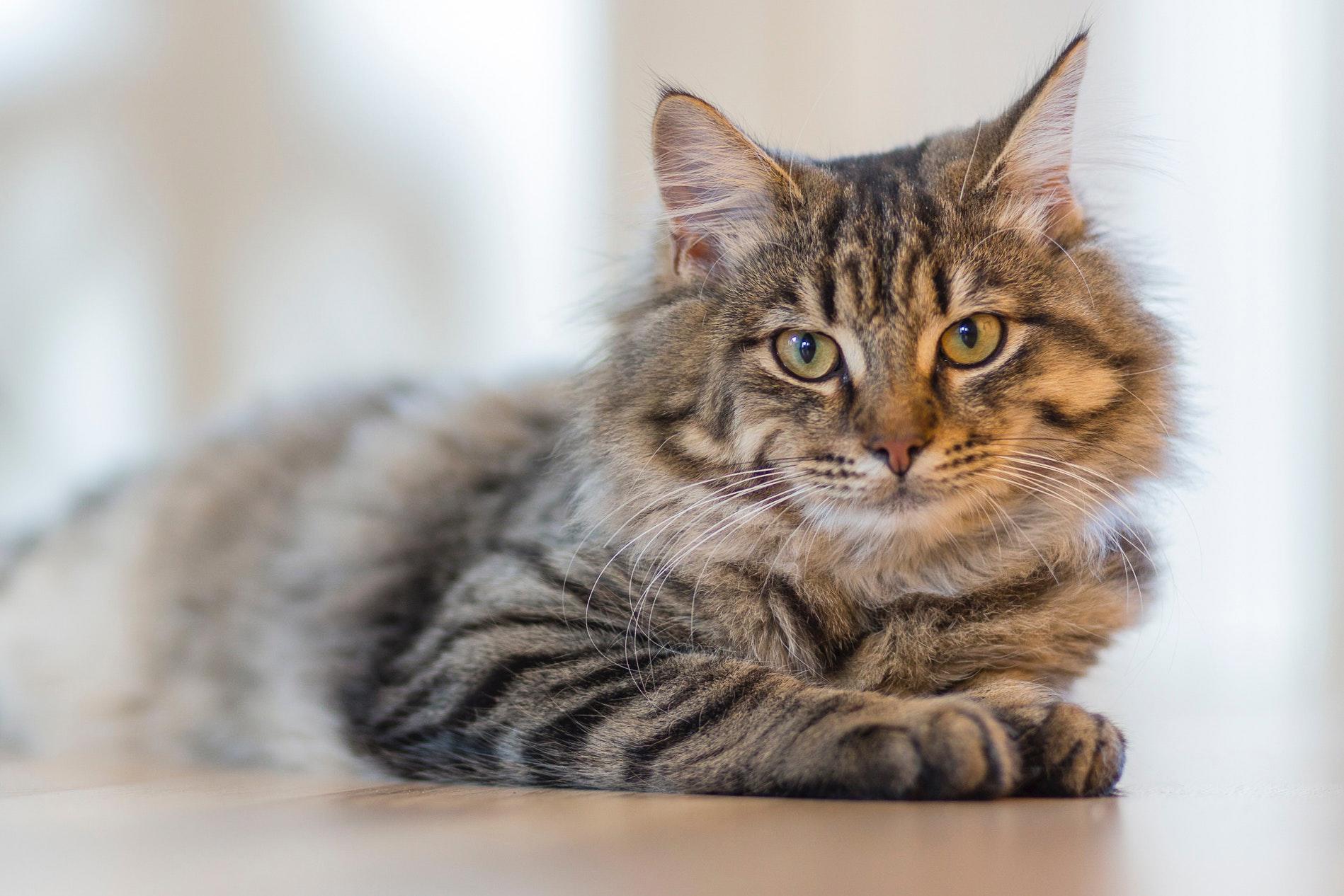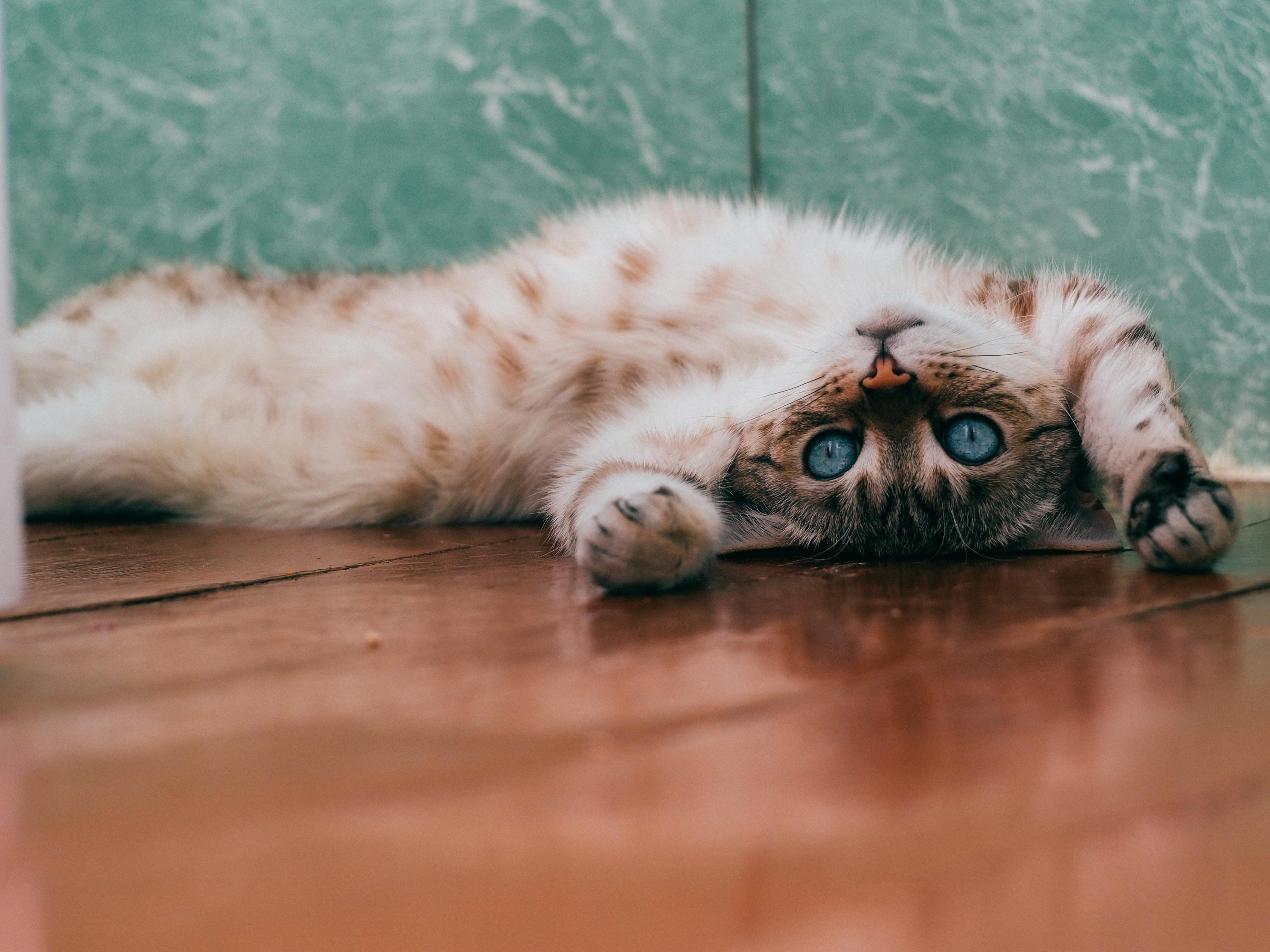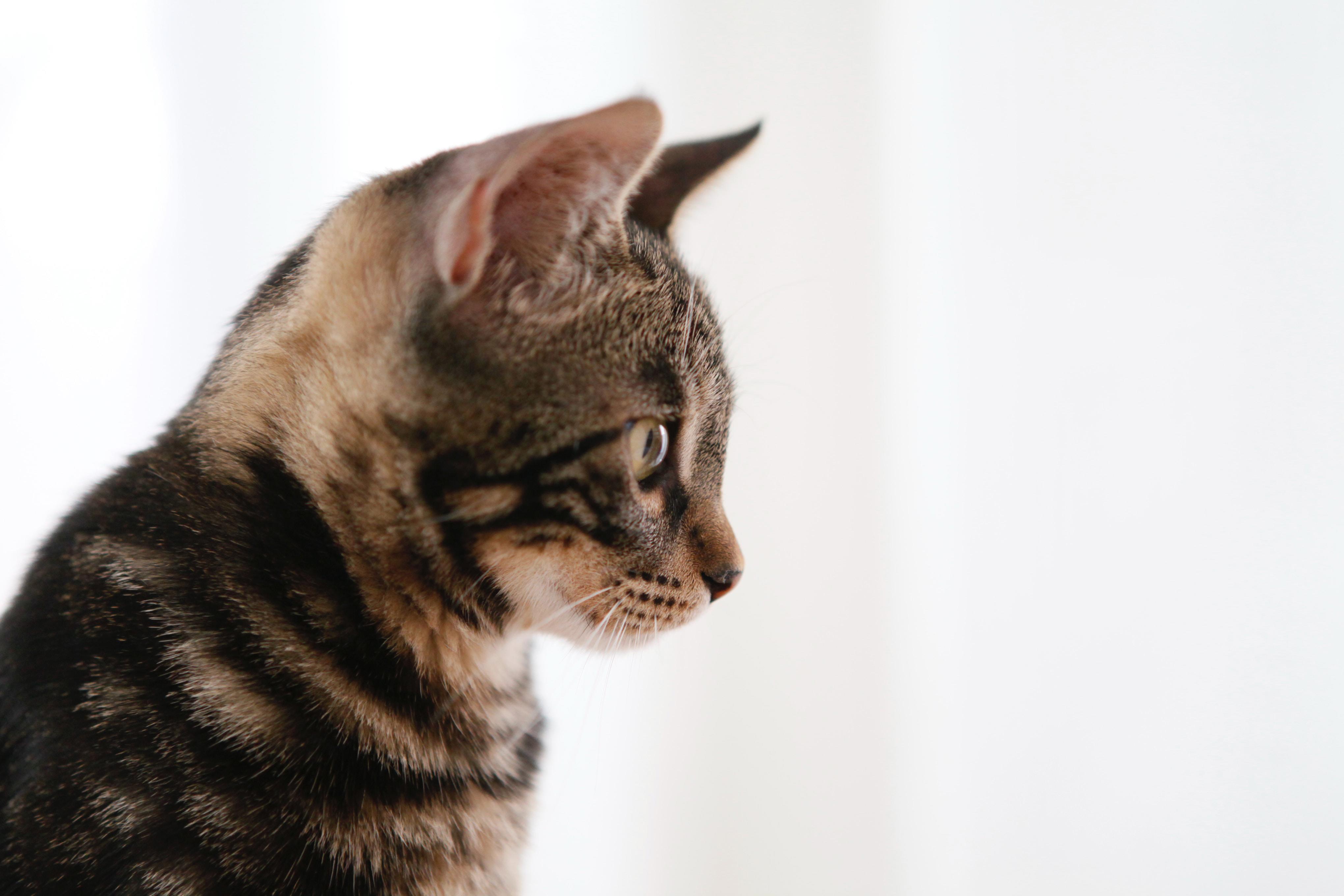Are you struggling to get your cat to transition to a new diet? It can be a challenging process, but with a few helpful tips, you can make the transition easier and quicker for your furry friend. In this blog post, we’ll cover some of the best tips and tricks for transitioning your cat to a new diet, so you can ensure they get all the nutrition they need and don’t suffer any digestive distress. Let’s get started!
If you’ve recently adopted a cat or are looking to transition your current cat to a new diet, you’ve come to the right place! Transitioning your cat to a new diet can be a stressful and confusing process, but with the right guidance, it doesn’t have to be so daunting. Here are some helpful tips and tricks to make this process easier for you and your cat.
Start Slowly
It’s important to make the transition to a new diet slow and gradual. This will help your cat’s digestive system adjust to the new food without any issues. Start by mixing the new food in with their current food, gradually increasing the amount of new food each day. It can take a few weeks for your cat to fully adjust to the new food, so be patient and take your time.
Monitor Your Cat’s Eating Habits
Make sure to monitor your cat’s eating habits throughout the transition. Some cats may be hesitant to try the new food, while others may gobble it up right away. If your cat refuses to eat the new food, don’t worry. You can try mixing it in with their old food, adding a bit of wet food, or even adding some treats to make it more appealing.
Introduce New Flavors

When transitioning to a new diet, it’s important to introduce your cat to different flavors. Cats are notoriously picky eaters, so it’s important to give them a variety of flavors to choose from. Try different proteins, textures, and flavors to find something your cat likes.
Watch for Intestinal Problems
When switching to a new diet, it’s important to keep an eye out for any intestinal problems. Look out for diarrhea, vomiting, lack of appetite, or any other signs of distress that could indicate an intolerance to the new food. If you notice any of these issues, stop feeding your cat the new food and contact your veterinarian right away.
Know Your Cat’s Nutritional Needs
Finally, make sure you know your cat’s nutritional needs. Different cats require different diets, so make sure you’re feeding your cat the food that’s best for their age, weight, and lifestyle. Talk to your veterinarian to determine the best diet for your cat.
Transitioning your cat to a new diet doesn’t have to be stressful. With these tips and tricks, you can make the process easier for you and your cat. Remember to start slowly, monitor your cat’s eating habits, introduce new flavors, and keep an eye out for any intestinal problems. Knowing your cat’s nutritional needs is also essential, so make sure to consult your veterinarian to get the best advice. Good luck!
Transitioning your cat to a new diet can be tricky, but with a little patience and dedication, you can do it successfully. From introducing new food gradually to providing plenty of playtime and exercise, there are a variety of methods to help make the transition easier on your cat. By following these tips, you can ensure your cat is eating the healthiest diet possible and that the transition will be successful. Be patient, be consistent, and make sure your cat is getting all of the nutrients they need to stay healthy.







